For years, branding leaned heavily into minimalism—clean lines, neutral palettes, and sans-serif everything. From tech startups to luxury skincare, the trend was uniform: strip it all back. Make it quiet. Make it clean. Let the whitespace do the talking.
But in 2025, the pendulum is swinging back. Not toward chaos, but toward character. We’re seeing a creative resurgence of personality-rich design. Expressive typefaces are taking center stage. Vintage-inspired colorways are warming up cold digital spaces. Motion is no longer a flashy afterthought—it’s a fundamental layer of storytelling.
Texture is back, too. Think tactile packaging, grainy overlays, imperfect strokes. Designers are embracing hand-drawn elements, scanned sketches, layered collages, and analog references that feel more human than hyper-polished. The grid still exists. But now it flexes. Breathes.
Across industries, there’s a clear desire to break free from design systems that feel too clinical and predictable. Brands are mixing eras, styles, and formats to create visuals that are emotionally resonant, culturally specific, and intentionally imperfect.
What’s driving this shift? Partly fatigue. The minimalist movement brought clarity and structure to a messy digital age, but its ubiquity flattened brand differentiation. Now, brands are looking for ways to stand out.
Another reason is the rise of AI. In an era where algorithms generate logos, websites, and campaign assets at scale, human touch has become a luxury. Visual branding is responding by leaning into the things AI doesn’t do well: nuance, nostalgia, imperfection, originality. When anything can be auto-generated, what people crave are signs of the human touch.
This movement also aligns with a broader cultural trend: consumers want brands to feel more personal, more emotional, and more alive. A beautifully imperfect logo, a surprising color pairing, a quirky animation—these choices invite engagement. They tell a story. Create a vibe.
So yes, we’re entering an era where less isn’t necessarily more—but less is the new less. Strategic restraint still matters. But now, restraint includes room for texture, character, and play.
In a world defined by automation, sameness, and speed, brands that choose to be expressive—even slightly weird—will win attention, affection, and memory. It’s not about being loud. It’s about being human.
